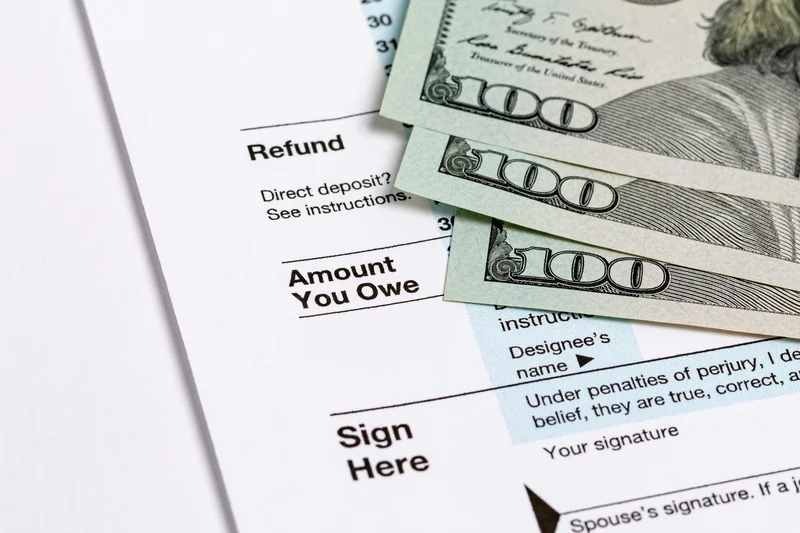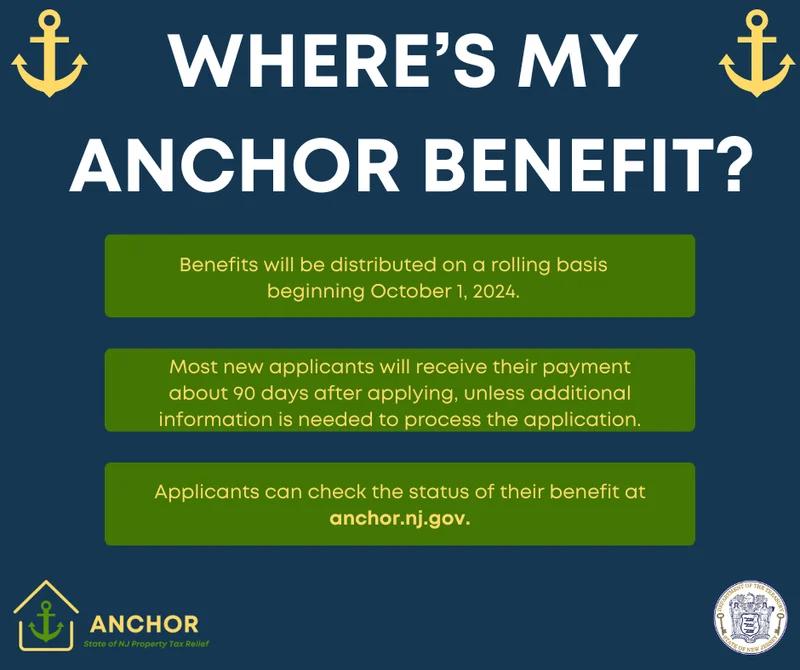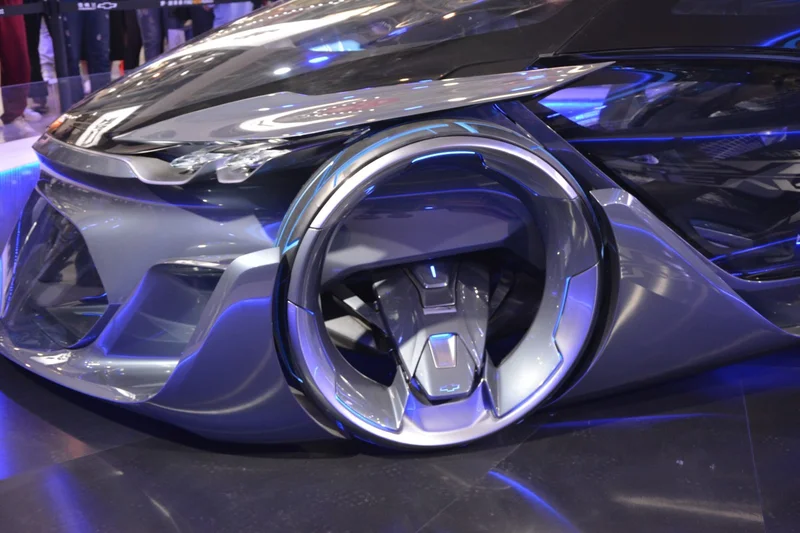IRS Stimulus Check November 2025: Fact vs. Fiction
Okay, let's cut through the noise. Social media's been buzzing about a surprise IRS stimulus check dropping in November 2025. Claims of "$1,390 direct deposits" and "$2,000 relief payments" are spreading faster than bad gossip at a hedge fund holiday party.
But here's the data: Congress hasn't passed any new stimulus legislation. The IRS hasn't announced any new programs. The last federal stimulus checks were part of COVID-19 relief, and those programs are officially historical.
In 2024, the IRS did issue automatic payments to folks who didn't claim the Recovery Rebate Credit on their 2021 taxes. The maximum payment was $1,400 per individual. The final deadline to claim that credit was April 15, 2025. That window's closed. No extensions.
Trump's Tariff Dividend: Proposal, Not Policy
Then there's the Trump angle. He's floated the idea of using tariff revenue for "tariff dividends." At least $2,000 a person, he claims, excluding high-income folks. He even defended tariffs in a Truth Social post, saying the U.S. is the richest nation, inflation is low, and the stock market is hitting records. Leftover funds, he says, would go toward paying down the national debt.
But here’s the critical point: these are proposals, not policy. No payments have been approved. Treasury Secretary Scott Bessent suggested payments for families earning $100,000 or less. Still, this is just talk.
Violet Jira, a reporter from NOTUS, was asked about the chances of this actually happening. She said it was difficult to say. The White House press briefing confirmed the administration is committed to sending these checks. However, it's still unclear if this will come to fruition. There are factors at play that have made some people skeptical.
Now, here's where my skepticism kicks in. The US collected $195 billion in tariff revenue in fiscal year 2025. Paying $2,000 to, say, 150 million Americans earning under $100,000 would cost $300 billion. That's a shortfall of $105 billion (at least). The math doesn't add up, even before we consider administrative overhead. Are we really going to trust the government to manage this effectively?

I've looked at these proposals before, and the devil is always in the details. How would eligibility be verified? What's the distribution mechanism? What are the long-term economic impacts? These questions remain unanswered.
Scam Alert: Don't Fall For It
Recurring online claims of $1,702 payments or $1,390 checks are often scams or misinterpretations of state-level programs. Alaska's Permanent Fund Dividend, for example, isn't a federal stimulus check. See Stimulus payment November 2025, IRS direct deposit relief payment & tariff dividend fact check for more information.
The IRS continues to warn taxpayers about fake stimulus payment messages designed to trick people into sharing personal information. They never contact you via email, text, or social media. Scammers use fake accounts and links. The IRS begins communication with an official letter or notice, which you can verify through a secure IRS Online Account or customer service.
Agents may call after sending a notice, but they won't leave threatening messages or demand payment. Private agencies may contact you after written notice, and all legitimate collection notices include a matching Taxpayer Authentication Number. The IRS has ended most unannounced visits by revenue officers to improve safety.
And this is the part of the report that I find genuinely puzzling: why do these scams keep working? What percentage of the population actually falls for these phishing attempts? I'd bet it's higher than the IRS wants to admit.
Here's the bottom line: Don't click on suspicious links. Don't give out your Social Security number or bank details. Check official sources. The IRS website (irs.gov) is your friend.
Show Me the Data (or the Lack Thereof)
There's no surprise IRS stimulus check coming in November 2025. Trump's tariff dividend is a proposal, not a reality. And those "$1,390 direct deposits" are likely scams. Stay vigilant, people.
-

Warren Buffett's OXY Stock Play: The Latest Drama, Buffett's Angle, and Why You Shouldn't Believe the Hype
Solet'sgetthisstraight.Occide...
-

The Business of Plasma Donation: How the Process Works and Who the Key Players Are
Theterm"plasma"suffersfromas...
-

The Great Up-Leveling: What's Happening Now and How We Step Up
Haveyoueverfeltlikeyou'redri...
-

NJ's ANCHOR Program: A Blueprint for Tax Relief, Your 2024 Payment, and What Comes Next
NewJersey'sANCHORProgramIsn't...
-

The Future of Auto Parts: How to Find Any Part Instantly and What Comes Next
Walkintoany`autoparts`store—a...
- Search
- Recently Published
-
- Netflix Stock: The Split, Price Today, and What's Next
- NVDA Earnings: What to Expect and When – The Future is Coming
- Pump.fun: Price predictions and... why?
- Microsoft Stock: Price Trends and Investor Sentiment
- SpaceX Launch Today: What We Know and the Schedule – A New Dawn
- Nvidia Stock Price Today: What's Happening and Why You Should Probably Panic
- XRP Price: Whale Activity, Predictions, and What's Next
- Firo Hard Fork: What It Means and the Road Ahead
- Gabe Newell's Gigayacht: Net Worth, Steam Deck, and the Internet's Reactions
- Caldera: No Impact on Youth? Yeah, Right.
- Tag list
-
- carbon trading (2)
- Blockchain (11)
- Decentralization (5)
- Smart Contracts (4)
- Cryptocurrency (26)
- DeFi (5)
- Bitcoin (29)
- Trump (5)
- Ethereum (8)
- Pudgy Penguins (5)
- NFT (5)
- Solana (5)
- cryptocurrency (6)
- XRP (3)
- Airdrop (3)
- MicroStrategy (3)
- Stablecoin (3)
- Digital Assets (3)
- PENGU (3)
- Plasma (5)
- Zcash (6)
- Aster (4)
- investment advisor (4)
- crypto exchange binance (3)
- SX Network (3)
